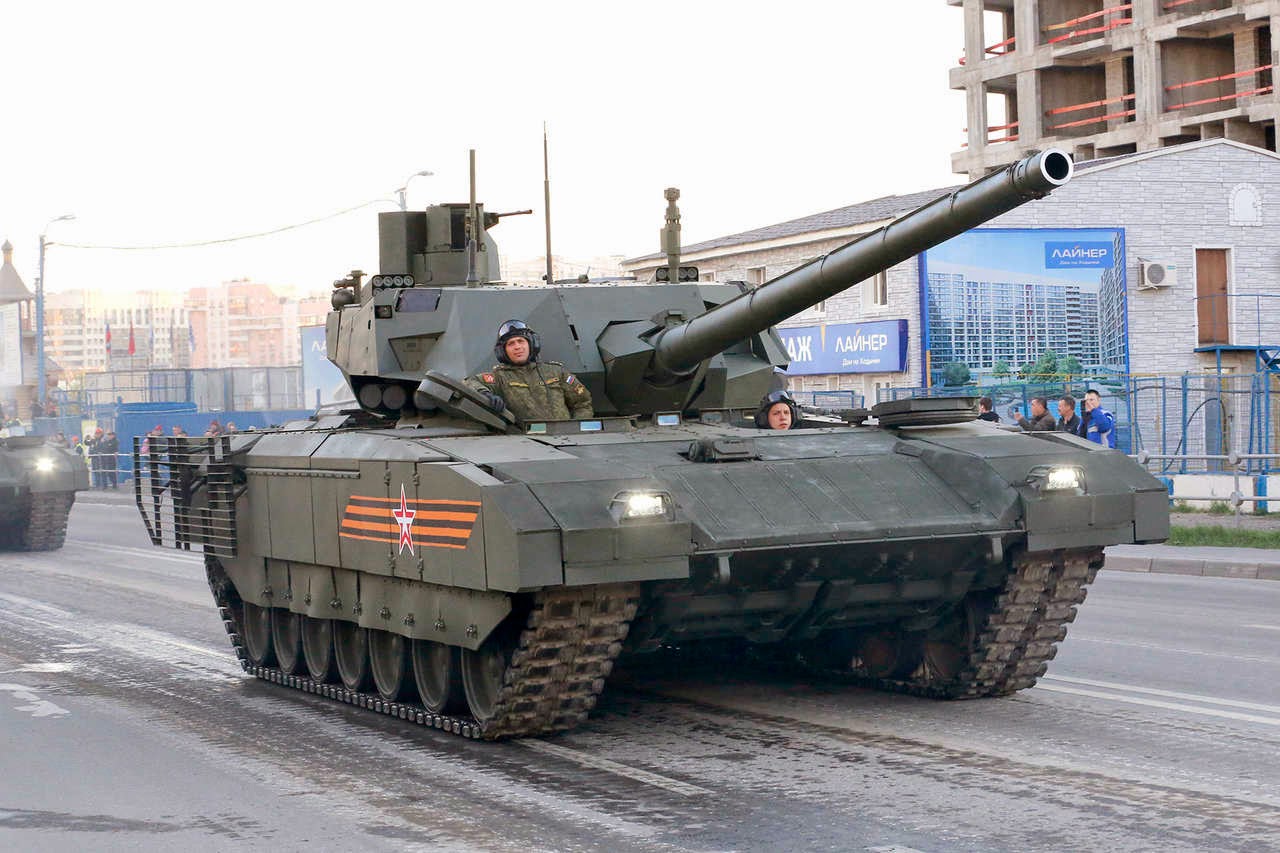SOURCE: RAUNAK KUNDE / NEWS BEAT / IDRW.ORG


The Indian Army’s ambitious plans to replace its T-72 tanks with 1,700 Future Ready Combat Vehicles (FRCVs) have ignited debate, particularly around the weight limit of 55 tons (+/- 5%). Indian Army plans to issue an RFP for the Next-Generation Main Battle Tanks later this year, but Defence analyst Ranesh Rajan believes this restriction could limit potential offers from foreign Original Equipment Manufacturers (OEMs).
Rajan argues that the 55-ton limit excludes most recently developed tanks from Europe and the US, potentially leaving the field open only to the Russian T-14 Armata, South Korean company Hyundai Rotem developed the K2 Black Panther, Type 10 developed by Japan and DRDO’s design.
Most of the Heavy Main Battle Tanks breach 55-ton limits and usually hover above the 60-ton mark and the only European tank that is below 60-ton is the Panther KF51 main battle tank at 59-ton. Even the German-French Main Ground Combat System (MGCS) programme will see the development of a 68-ton Main Battle Tank that will replace both Leopard 2 and Leclerc main battle tanks.
However, private companies like Tata, Larsen & Toubro, and Mahindra & Mahindra are also interested in the program, but questions remain whether they will offer their designs or rebadged foreign models.
The requirement for Indian ownership of intellectual property (IPR) adds another layer of complexity. Rajan mentions potential loopholes where foreign OEMs might sell their IPR to Indian manufacturers, technically fulfilling the requirement while raising concerns about true origin and technology transfer.
Rajan suggests the order size could increase to 2,200 units, considering the Army’s T-72 fleet size. This potentially will sweeten the deal for foreign OEMs willing to Transfer their IPR requirements due to the massive orders and nearly 40 years of business it will generate for the service support of the fleet.
The FRCV procurement process promises to be a dynamic and closely watched event, with the 55-ton weight limit serving as a key point of discussion. Balancing strategic needs, technological advancements, and industrial participation will be crucial in determining the future of India’s armoured forces.
NOTE : Article cannot be reproduced without written permission of idrw.org in any form even for YouTube Videos to avoid Copy right strikes. Websites doing illegal reproductions will get DMCA and Legal Notices.